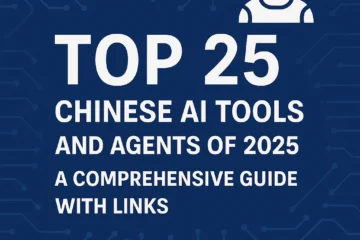
Data-Driven Salmon Management: MIT’s Innovative Approach
Revolutionizing Salmon Population Management with Data
MIT researchers have developed a groundbreaking method to streamline data collection for improved salmon population management. This innovative approach, detailed in a recent study, promises to provide more accurate and timely information, enabling better conservation efforts and sustainable fishing practices.
The Challenge: Inefficient Data Collection
Traditional methods of monitoring salmon populations are often labor-intensive, costly, and can be disruptive to the environment. These methods typically involve manual counting, tagging, and tracking, which can be slow and prone to errors. Furthermore, the data collected may not always be comprehensive enough to provide a clear picture of population dynamics.
MIT’s Solution: Streamlined Data Collection
Researchers at MIT have devised a novel system that leverages advanced sensor technology and data analytics to automate and enhance data collection. This system involves deploying a network of sensors in key salmon habitats to monitor various environmental parameters, such as water temperature, flow rate, and oxygen levels. These sensors also capture data on salmon movement and behavior.
The data collected by these sensors is then transmitted wirelessly to a central processing unit, where it is analyzed using sophisticated algorithms. This analysis provides real-time insights into salmon population size, migration patterns, and habitat use. This innovative approach not only reduces the cost and effort associated with data collection but also provides more comprehensive and accurate information.
Benefits of the New System
The streamlined data collection system offers several key benefits:
- Improved Accuracy: Automated data collection reduces the risk of human error and provides more precise measurements.
- Real-Time Insights: The system provides real-time data, allowing for timely interventions and adaptive management strategies.
- Cost-Effectiveness: Reduced labor and logistical costs make salmon population monitoring more sustainable.
- Environmental Friendliness: Non-invasive sensors minimize disturbance to salmon habitats.
Implications for Salmon Conservation
The MIT researchers’ innovation has significant implications for salmon conservation. By providing better data, the system enables more informed decision-making by fisheries managers and conservation organizations. This can lead to more effective strategies for protecting salmon populations and ensuring the long-term sustainability of salmon fisheries.
The development is particularly crucial given the challenges faced by salmon populations worldwide, including habitat loss, climate change, and overfishing. With more accurate and timely data, conservation efforts can be better targeted and more effective.








